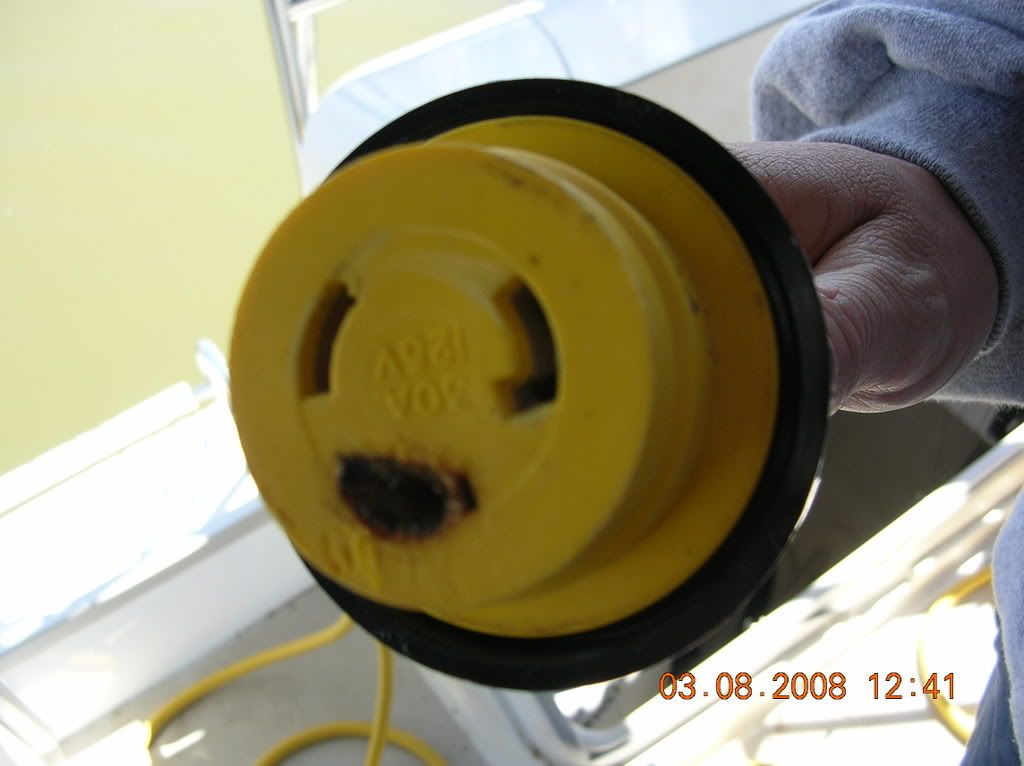I would be interested in knowing how many of you have had corrosion/over-heating of your Marinco Power Cables?
Last year I had one of my power cables burn up. I thought it was a fluke. THen, on a completely different circut into the boat, the other did the same thing. I pulled and replaced both receptacles and cords.
A few months ago, my fathers burnt up at the plug.
Recently, I learned of another C400 with exactly the same problem... on both plugs.
Has anyone else had this problem with new or relatively new (last 5 years) power cords?
Thanks.
- CD
PS It is possible that this is just coincidence, but in none of the cases did it trip any breakers - whether dock, main (on boat), or at panel. That is the part that bothers me.
Last year I had one of my power cables burn up. I thought it was a fluke. THen, on a completely different circut into the boat, the other did the same thing. I pulled and replaced both receptacles and cords.
A few months ago, my fathers burnt up at the plug.
Recently, I learned of another C400 with exactly the same problem... on both plugs.
Has anyone else had this problem with new or relatively new (last 5 years) power cords?
Thanks.
- CD
PS It is possible that this is just coincidence, but in none of the cases did it trip any breakers - whether dock, main (on boat), or at panel. That is the part that bothers me.






